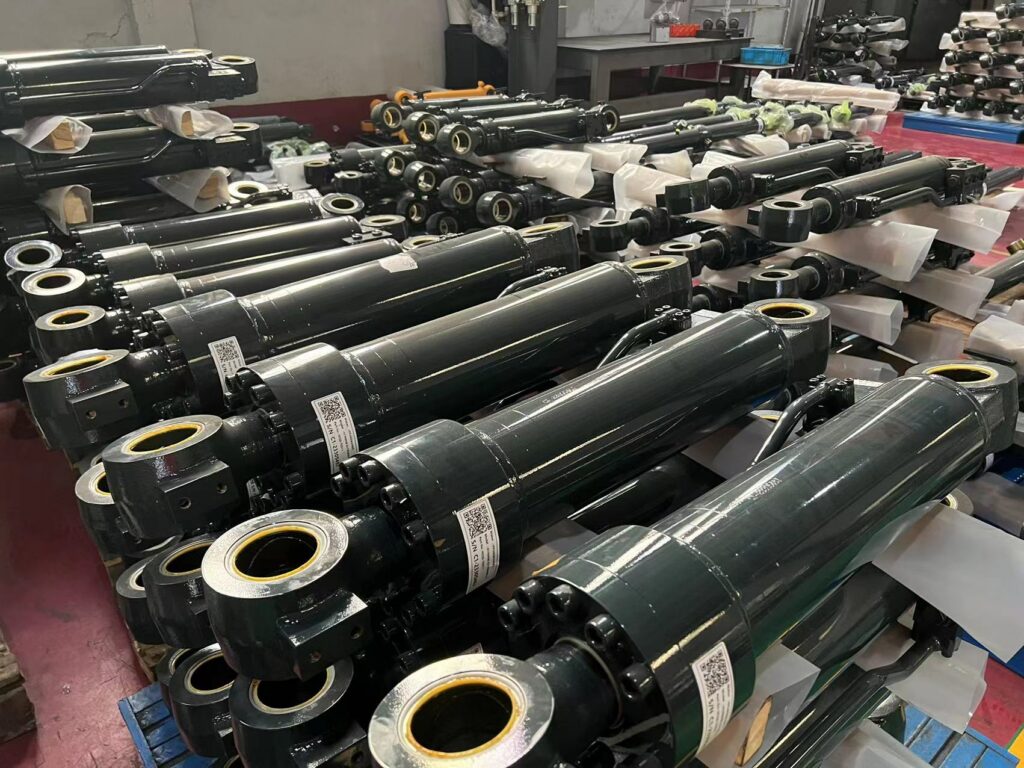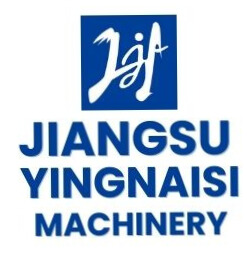Hydraulic Cylinders for Excavators
Hydraulic Cylinders for Excavators: Key Components Supporting Efficiency and Stability in Construction Machinery
As the construction and engineering sectors continue to evolve, excavators, as one of the most common types of heavy machinery, have their performance and efficiency directly impacting the progress and quality of entire construction projects. Among these, the hydraulic cylinder, a core component of the excavator, not only determines the machine’s working capacity but also affects the stability and safety of operations.
Function and Structure of Hydraulic Cylinders
Hydraulic cylinders, also known as hydraulic actuators, are critical parts of the excavator’s hydraulic system. They convert hydraulic energy into mechanical energy through hydraulic oil, driving the excavator to perform actions like digging, lifting, and rotating. Generally, a hydraulic cylinder consists of components such as the cylinder body, piston, piston rod, and seals. These parts work together to enable the complex movements of the excavator under the pressure of high-pressure hydraulic oil.
In practical applications, hydraulic cylinders operate in extremely harsh conditions. They must withstand high pressure and heavy loads while maintaining stability in rough environments like dirt, sand, and rocks. Therefore, the durability, sealing, and pressure resistance of hydraulic cylinders are crucial factors affecting the overall performance of an excavator.
Technological Innovation and Development Trends
In recent years, with continuous technological advancements, improvements in materials, design, and manufacturing processes for excavator hydraulic cylinders have been significant. New materials that are resistant to high temperatures and corrosion have extended the lifespan of cylinders, reduced maintenance frequency, and lowered repair costs. Additionally, the intelligence of hydraulic systems is on an upward trend, with the integration of smart sensors and hydraulic control systems significantly enhancing the precision and efficiency of cylinder operations.
Moreover, as environmental standards become stricter, sealing technology in hydraulic cylinders has also improved, reducing hydraulic oil leaks, thereby enhancing operational safety and positively contributing to environmental protection. The application of new sealing materials has greatly improved the stability of cylinders under high temperatures, high pressures, and adverse conditions.
Market Outlook for Excavator Hydraulic Cylinders
According to industry research reports, the global excavator market is growing steadily, especially in Asia, Europe, and North America, where urbanization drives increased demand for construction and infrastructure projects. Concurrently, the demand for hydraulic cylinders, as a key component of excavators, shows a sustained growth trend.
Moreover, with the increasing automation in construction machinery, the market for hydraulic cylinders is moving towards more efficiency and intelligence. In particularly challenging operations like tunnel construction and large-scale mining, the high performance and stability of hydraulic cylinders are vital for the successful operation of the equipment.
Conclusion
As the “heart” of an excavator, hydraulic cylinders play an indispensable role in machine performance. With the advancement of technological innovations, future hydraulic cylinders will be even more efficient and durable, further promoting progress in the construction machinery industry. In the context of continuously growing global demand for construction and infrastructure projects, the enhancement of hydraulic cylinder technology not only affects the competitiveness of equipment manufacturers but also directly impacts the safety, efficiency, and sustainability of construction projects.

AISI 4140 Alloy Steel Induction Hardened Q+T Rod
AISI 4140 Alloy Steel Induction Hardened Q+T Rod
Chemical Composition:
- Carbon (C): 0.38 – 0.43%
- Manganese (Mn): 0.75 – 1.00%
- Phosphorus (P): Max 0.035%
- Sulfur (S): Max 0.040%
- Silicon (Si): 0.15 – 0.35%
- Chromium (Cr): 0.80 – 1.10%
- Molybdenum (Mo): 0.15 – 0.25%
Mechanical Properties:
- Tensile Strength: 850 – 1000 MPa
- Yield Strength: 650 MPa (minimum)
- Elongation: 20% (minimum)
- Hardness: 28 – 32 HRC
- Impact Toughness: 40 J (minimum) at -20°C
Key Characteristics:
- Induction Hardened: The surface of the rod is hardened to increase wear resistance while maintaining a tough core.
- Quenched and Tempered (Q+T): This heat treatment process enhances the overall strength and toughness of the rod, making it suitable for high-stress applications.
Typical Applications:
- Hydraulic cylinders
- Automotive components
- Machinery parts
- Heavy equipment

